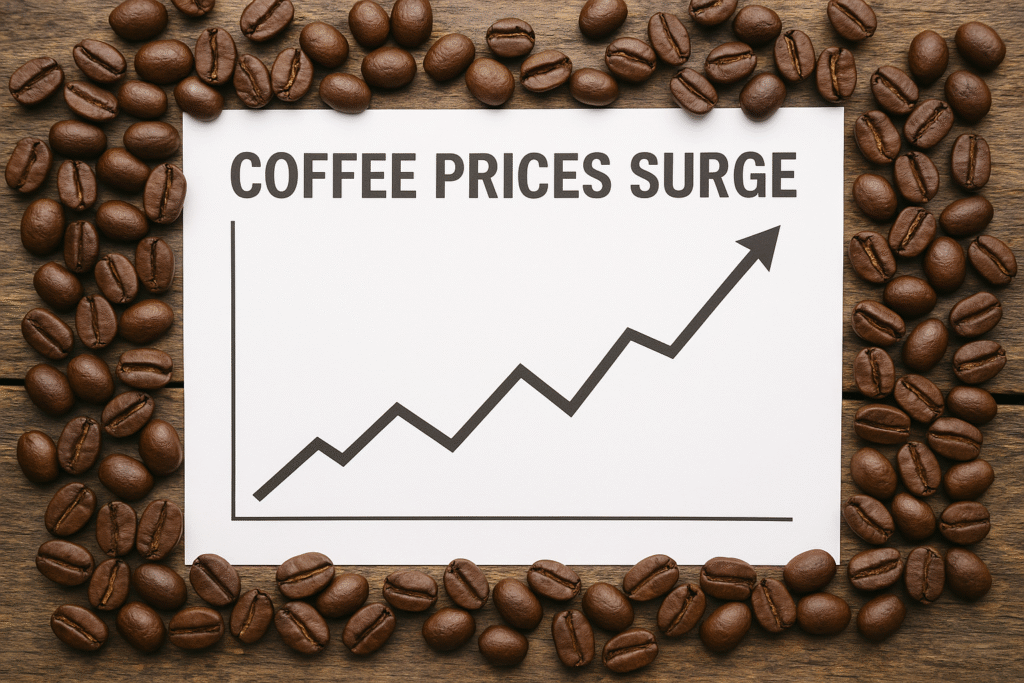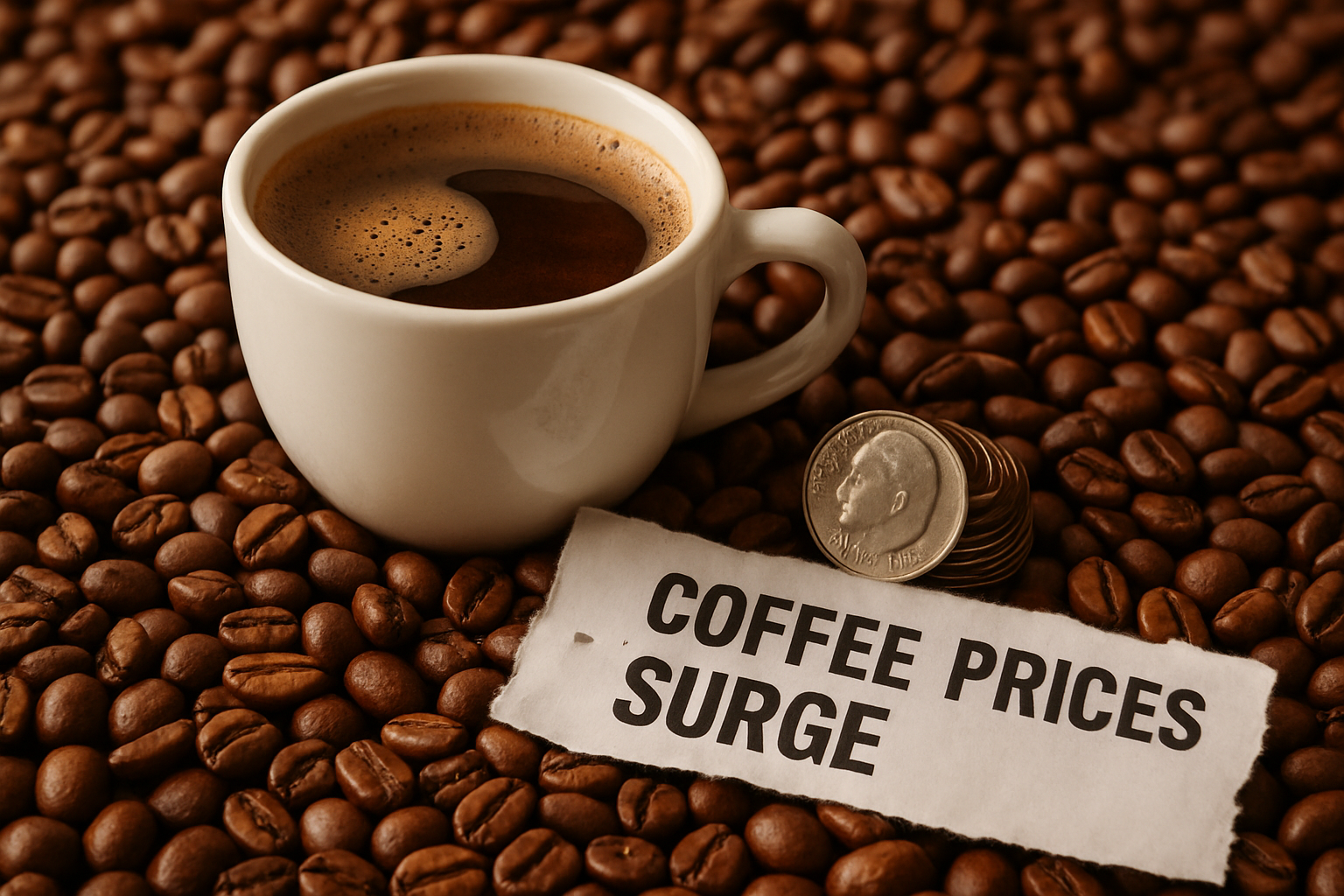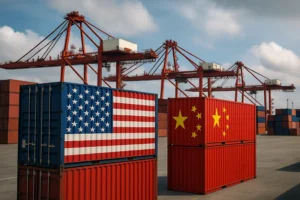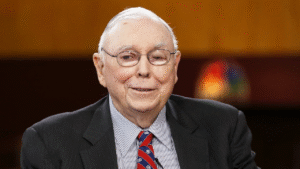Coffee prices surge. That’s the headline everywhere. But what hides behind the numbers is far more alarming than the polite reports from financial desks. The truth is that we are not witnessing a “temporary shock.” We are watching the unraveling of a supply chain that has been abused, manipulated, and stretched beyond reason.
The Context: A Market on Fire
Mainstream outlets talk about weather disruptions in Brazil, tariffs on African beans, and transport costs. All true. The International Coffee Organization shows a double-digit increase in raw bean prices since last year. Yet, markets pretend it’s a blip. Traders bet on futures, while retailers push the cost to consumers without blinking.
The official narrative is almost comforting: demand keeps growing, supply faces setbacks, but everything will “normalize.” Really? Did oil ever “normalize” after its shocks? Did wheat? Coffee is following the same trajectory.

Oppositional Argument: Not Just Inflation
The polite version says “coffee is just another inflation story.” Wrong. Coffee is a structural crisis. Farmers in Latin America abandon fields because margins collapse, even as retail prices soar. Middlemen pocket the difference. Supermarket shelves disguise exploitation as “premium blends.”
This is not inflation; it’s extraction. Consumers pay more while producers earn less. If that’s not systemic rot, what is?
Analytical Breakdown: From Field to Cup
Let’s dissect the chain:
- Farmers: receive as little as 5–10% of the final retail price. Many quit coffee farming altogether.
- Exporters and middlemen: profit from scarcity narratives, speculating on futures.
- Retail brands: push “sustainability” labels, while hiding the truth that less than 1% of revenue funds growers.
- Consumers: see a latte jump from $3 to $4.50, convinced it’s due to “climate change.”
The cause-effect is brutal: climate pressures and tariffs worsen supply, but speculation and monopolization amplify the pain. This is a man-made crisis masked as natural inevitability.
For comparison, look at the OECD food inflation reports. Coffee’s volatility outpaces basic staples, yet no serious policy addresses its exploitative architecture.
Human Perspective: Stories from the Ground
In Colombia, small farmers literally burn their coffee trees because they can’t afford to harvest. In Ethiopia, exporters hoard beans to drive up futures contracts, while locals face scarcity. Meanwhile, consumers in New York or Berlin shrug and swipe their card for an overpriced latte.
One farmer told me bluntly: “They drink our sweat, but they never taste our reality.” That’s the hidden cost of your morning espresso.
Counterarguments: The Optimists
Some analysts say: higher prices mean farmers will earn more. False. History proves otherwise — price hikes rarely trickle down. Others argue: alternative crops can replace coffee. Really? Tell that to communities who have grown coffee for centuries — it’s not just a crop, it’s an identity.
Conclusion: The Bitter Truth
Coffee prices surge, but the real crisis is structural theft disguised as market forces. If consumers keep accepting the illusion, the collapse of coffee as we know it is inevitable.
My call? Stop believing the retail myth. Pressure brands. Demand transparency. And remember: every overpriced cup is not just caffeine — it’s complicity.
External Links:
121 views





